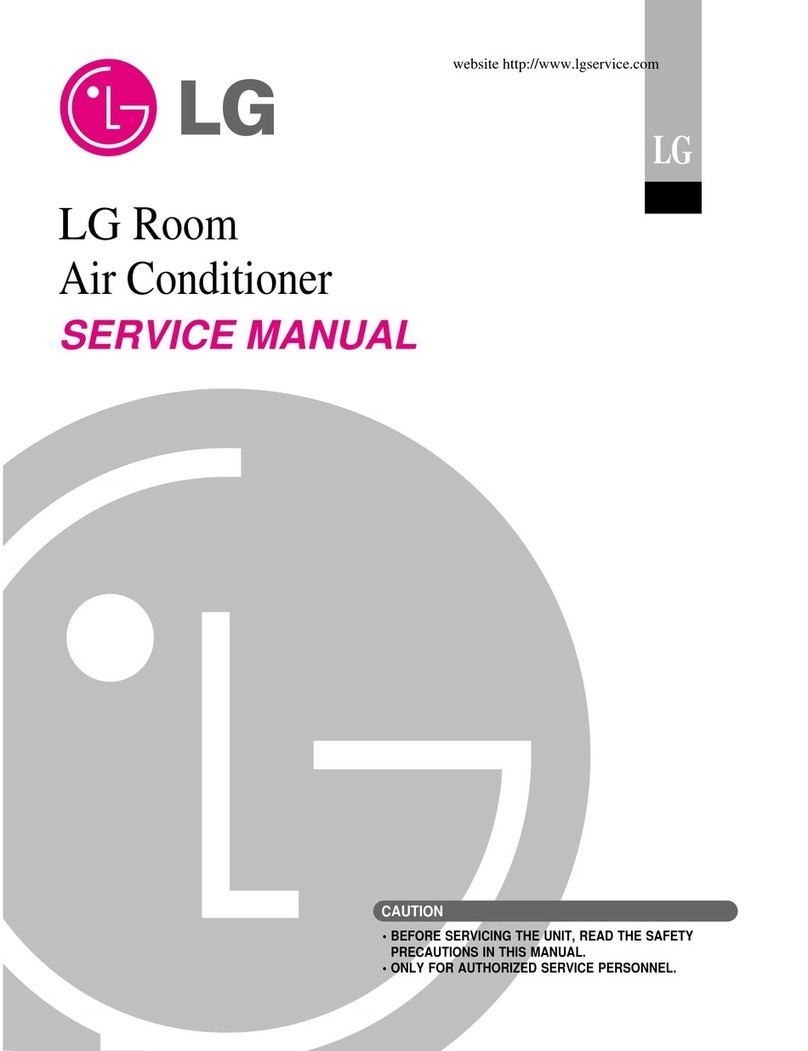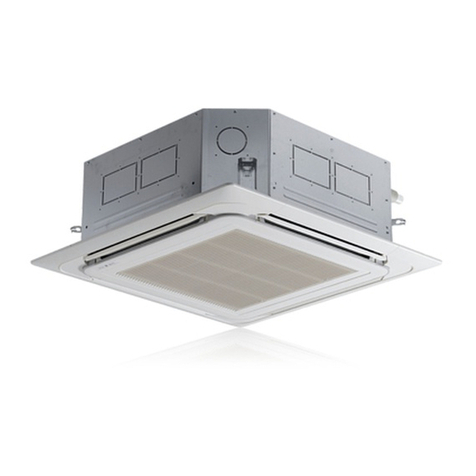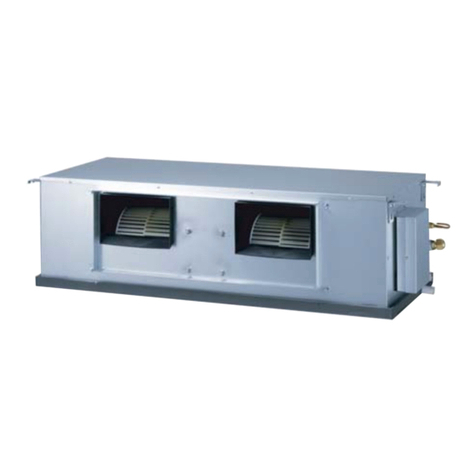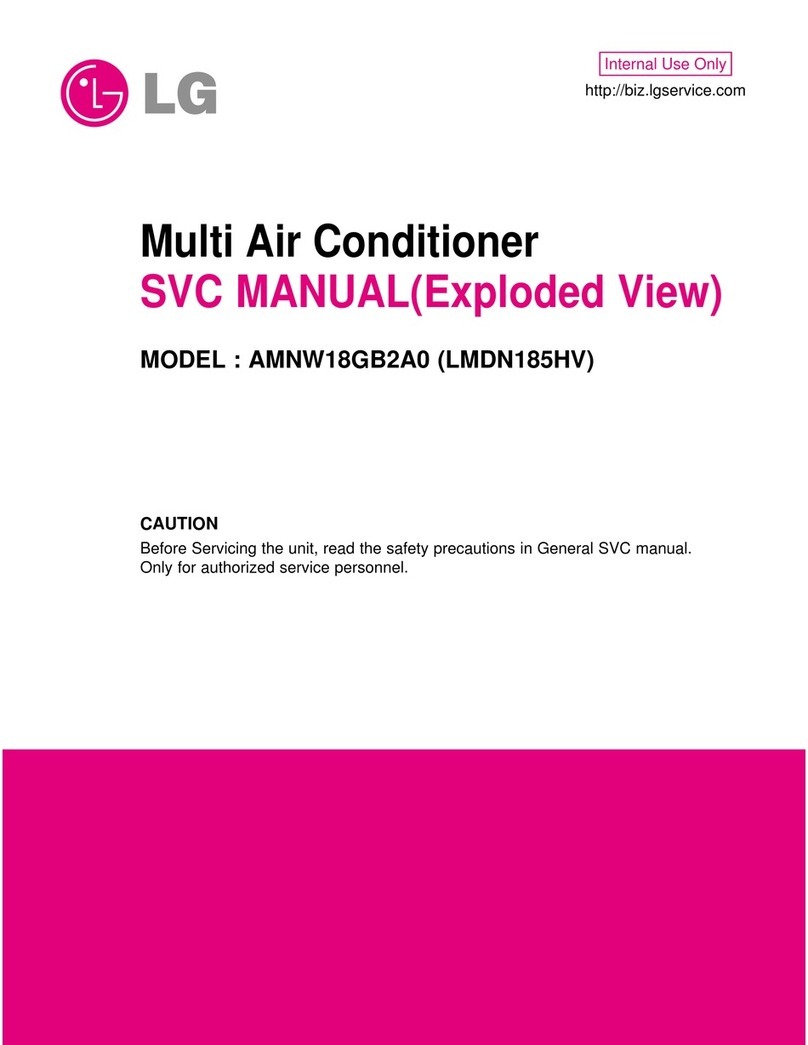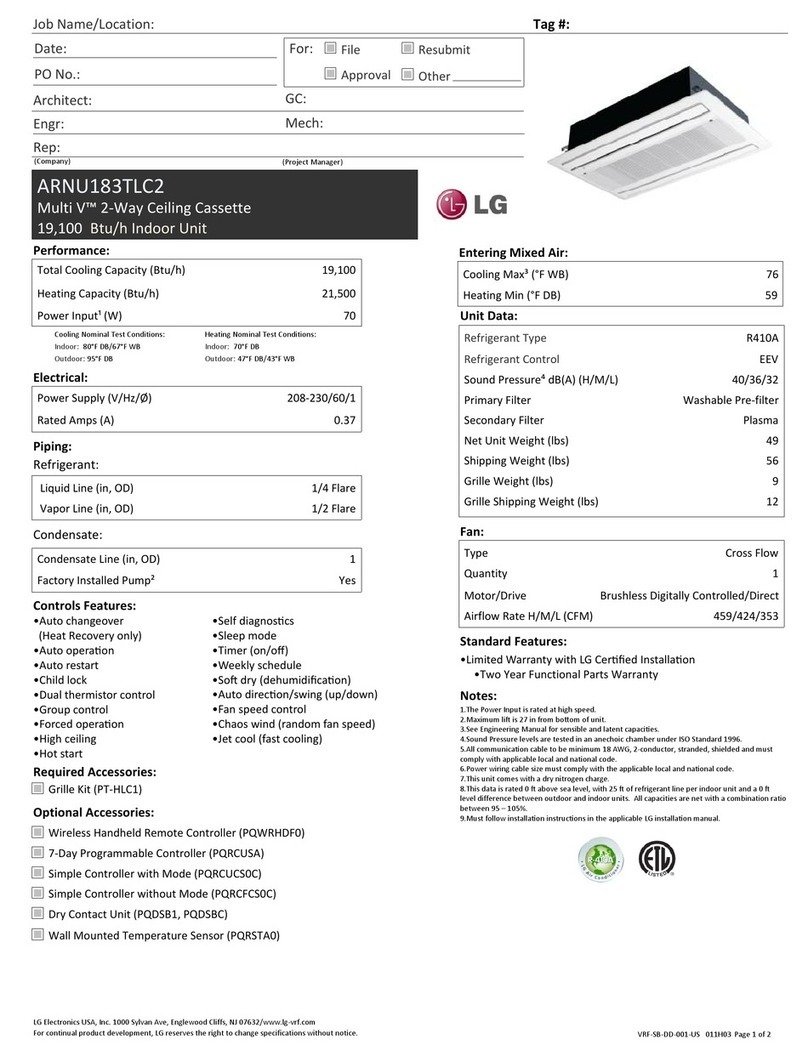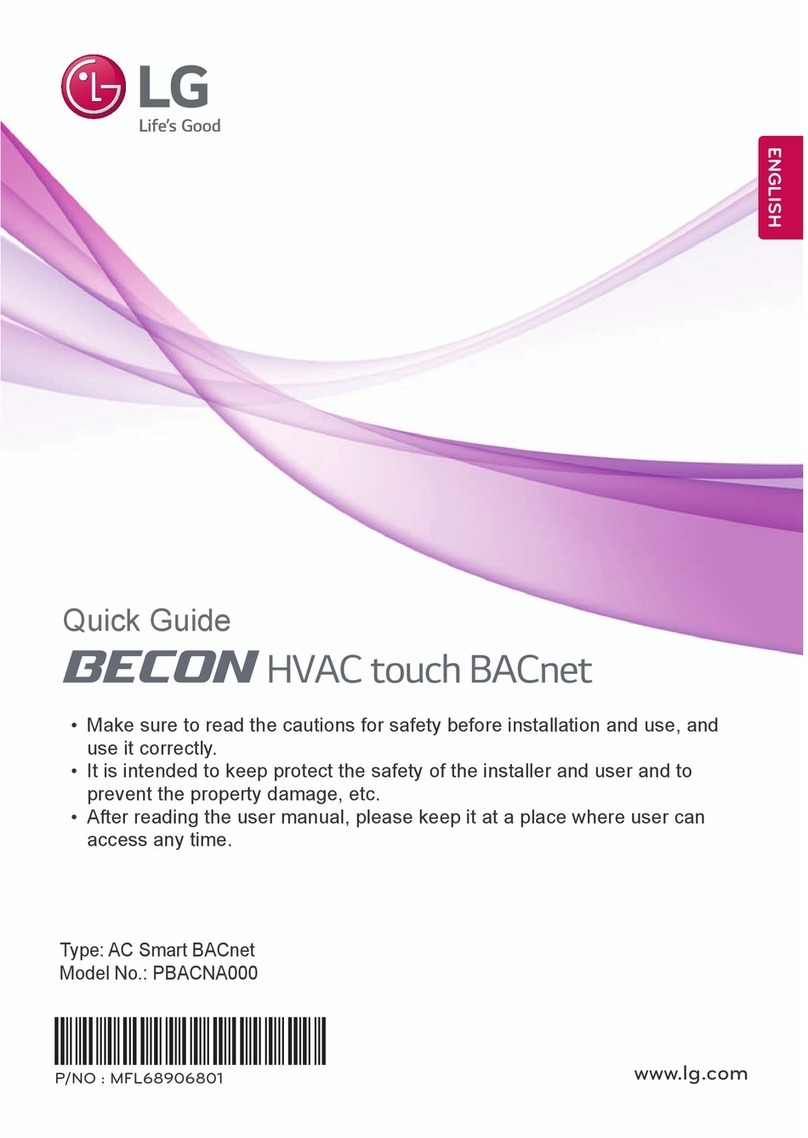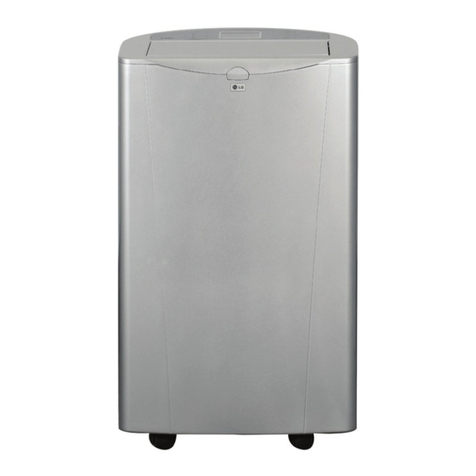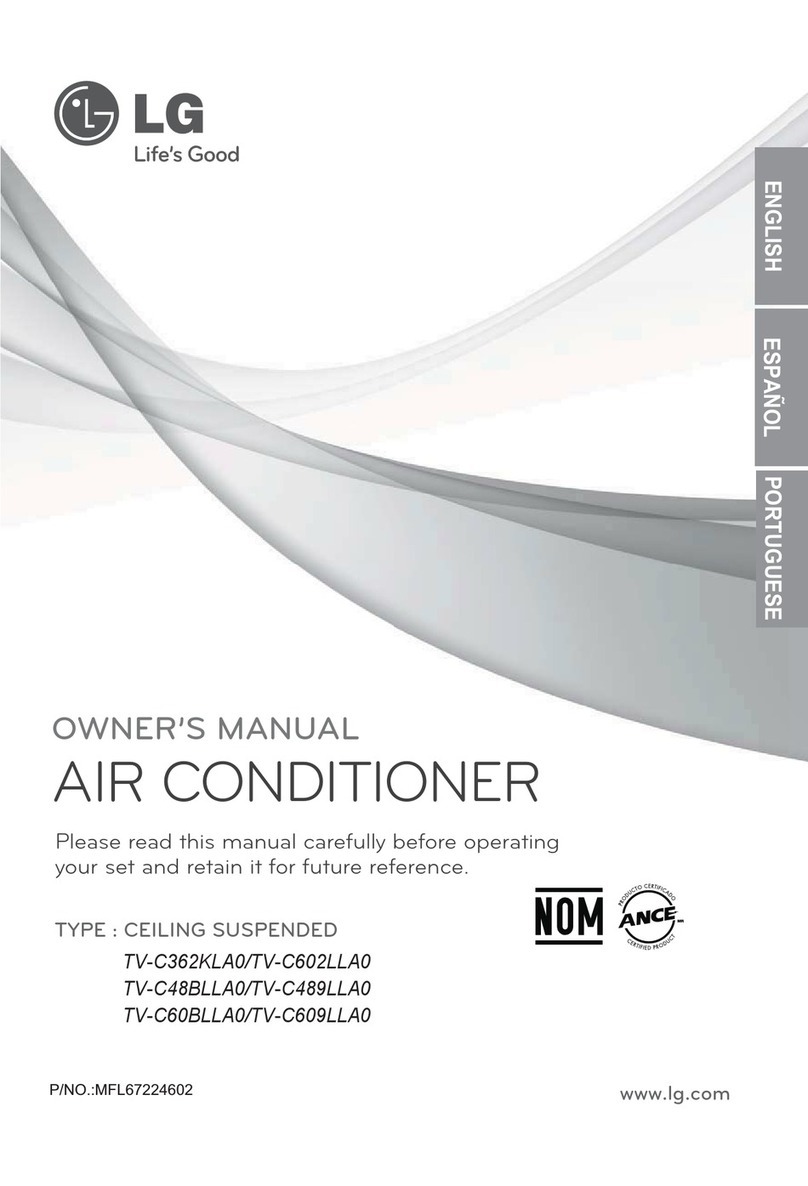LG PA11WS User manual
Other LG Air Conditioner manuals
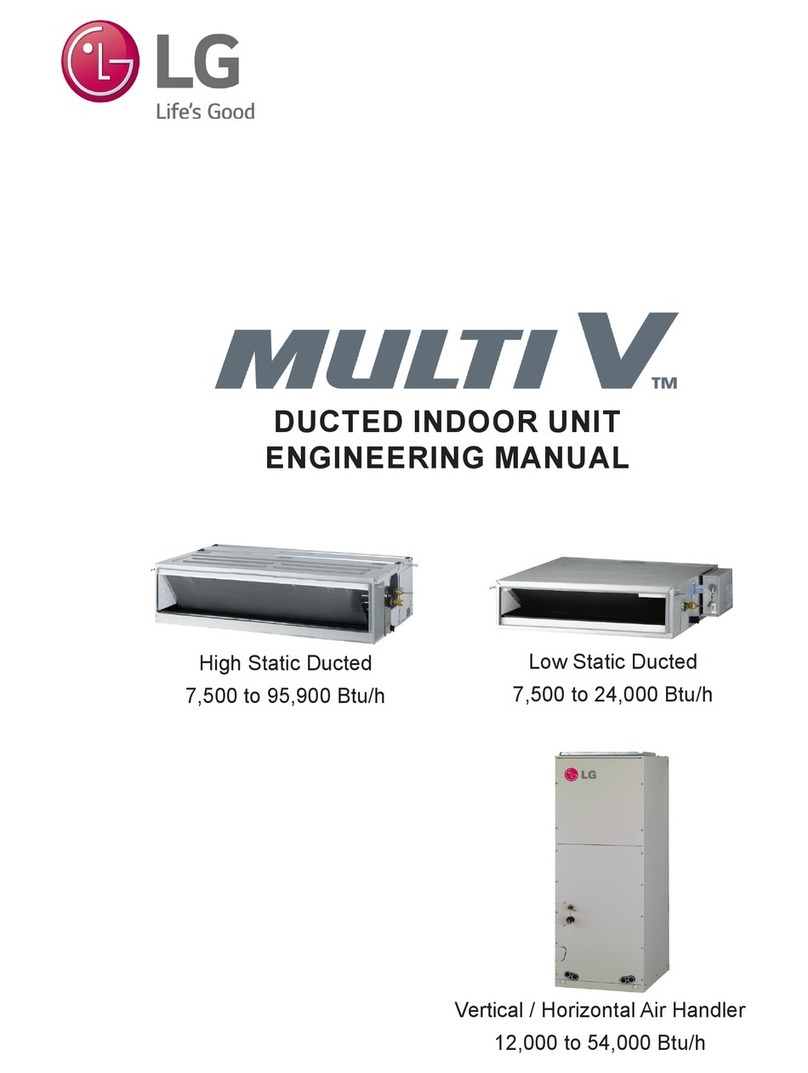
LG
LG Multi V Series Installation and operation manual
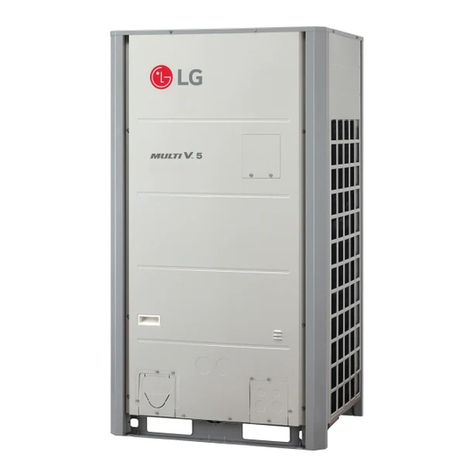
LG
LG MULTI V JRUN120LTE5 User manual

LG
LG Multi Type Air Conditioner User manual
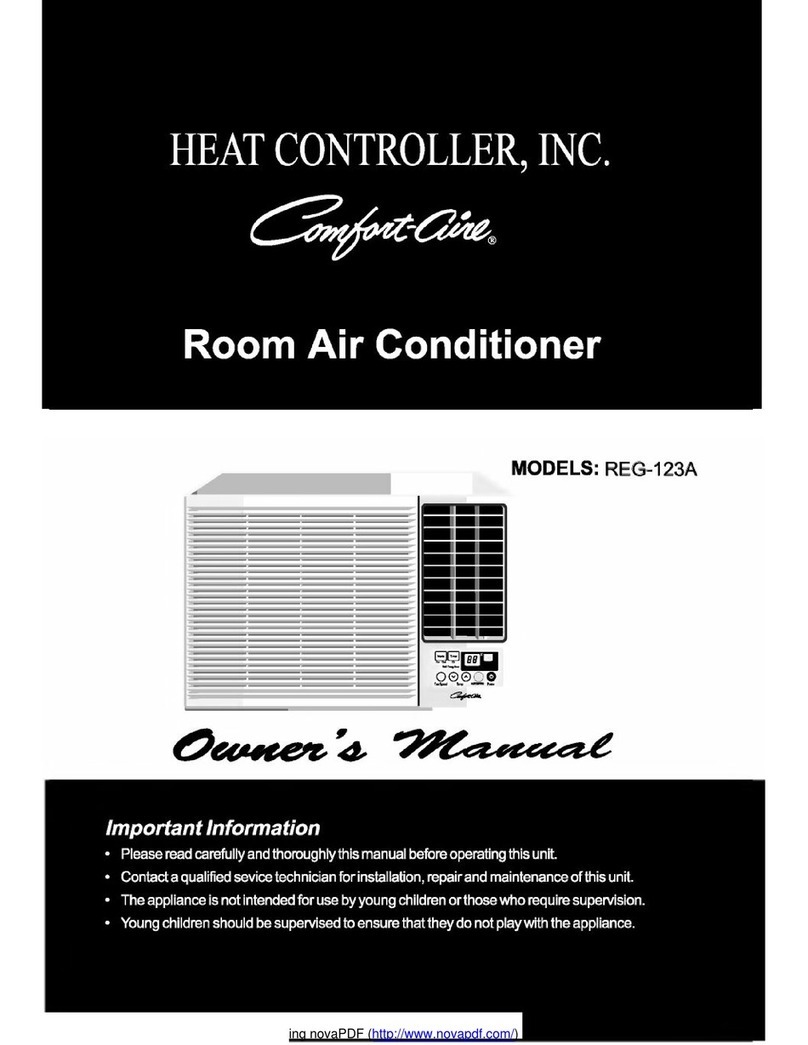
LG
LG COMFORT-AIRE REG-123A User manual

LG
LG UU70W User manual
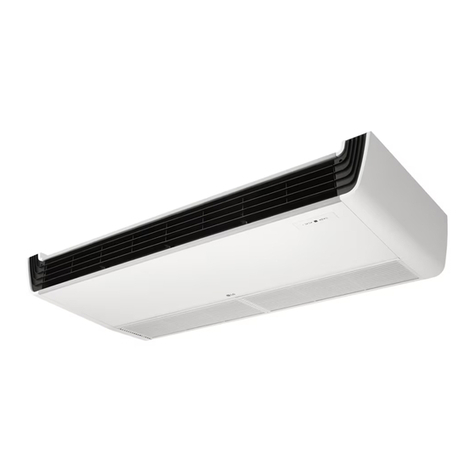
LG
LG AVNQ24GM1T1 User manual

LG
LG LB-F3660HL User manual
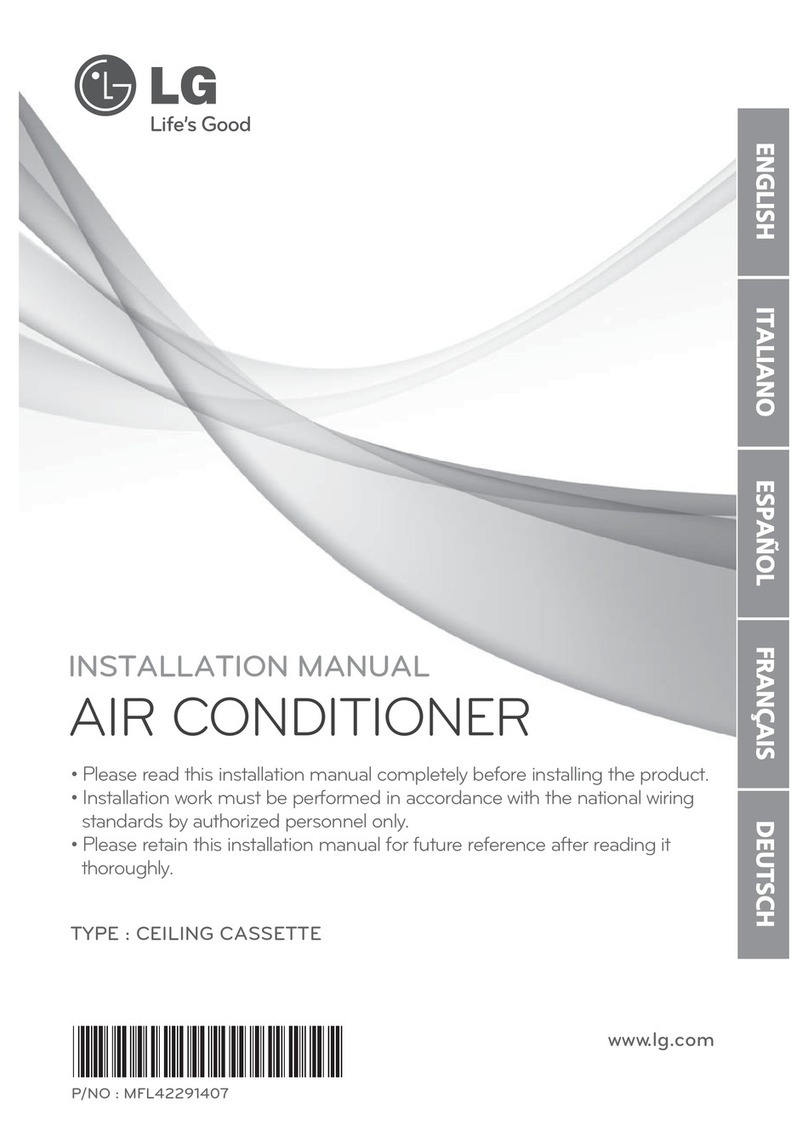
LG
LG MT11AH User manual
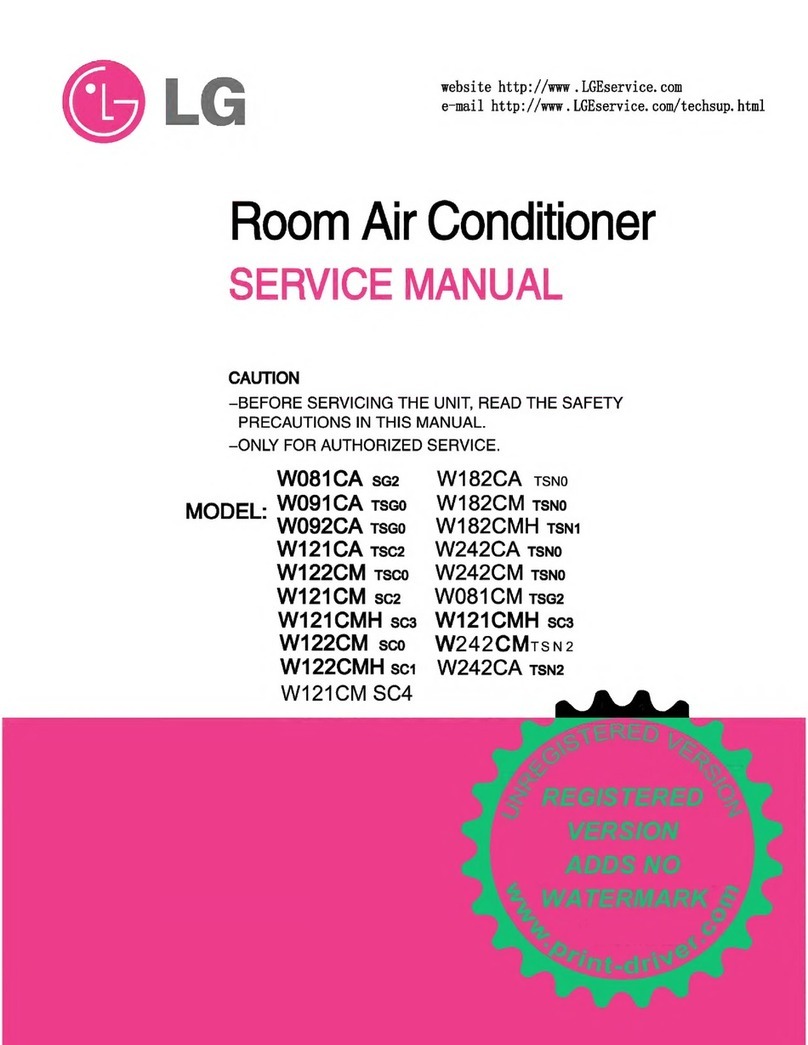
LG
LG W081CA User manual

LG
LG S092CG User manual
Popular Air Conditioner manuals by other brands

Fujitsu
Fujitsu ASYG 09 LLCA installation manual

York
York HVHC 07-12DS Installation & owner's manual

Carrier
Carrier Fan Coil 42B Installation, operation and maintenance manual

intensity
intensity IDUFCI60KC-3 installation manual

Frigidaire
Frigidaire FAC064K7A2 Factory parts catalog

Sanyo
Sanyo KS2432 instruction manual

CLIMAVENETA
CLIMAVENETA a-CHD U-2T 606+2209 OPERATING AND INSTALLATION Manual

Midea
Midea EWK06CW5 user manual

Pioneer
Pioneer FAB Series installation manual

SPT
SPT WA-1511S user manual

Mitsubishi Electric
Mitsubishi Electric Mr.Slim MSZ-A24NA operating instructions

Mitsubishi Electric
Mitsubishi Electric PUHZ-RP50VHA4 Service manual
